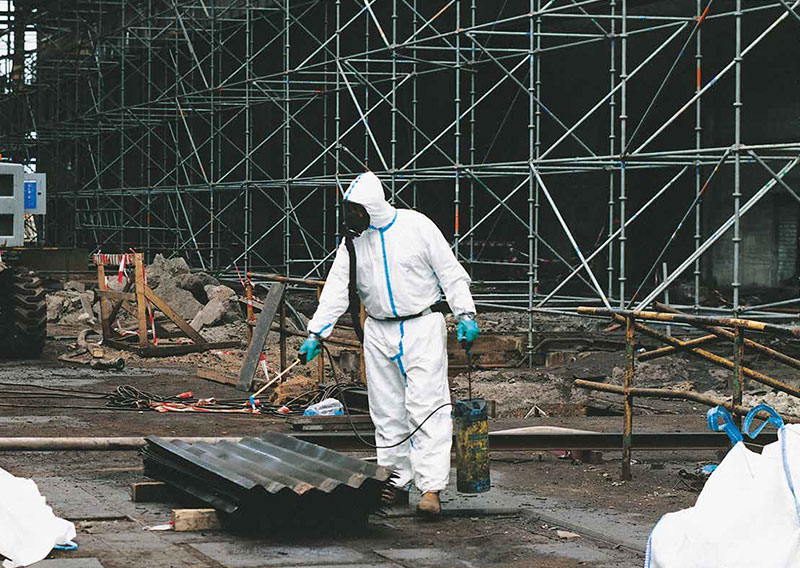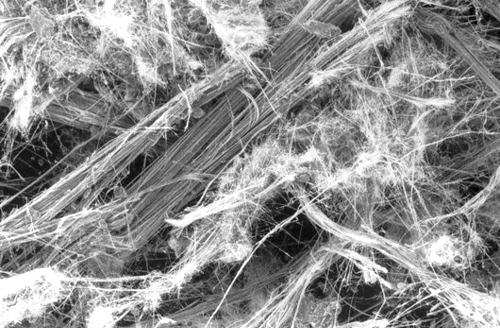
Asbestos: A Natural Fibre
Asbestos is a material with numerous qualities which was used on a massive scale before being shown to be highly toxic. Prohibited for import and use across Australia since the end of 2003, it can still be found in many buildings and machines. Helping to keep workers in such environments safe, protective coveralls can provide durable, comfortable and robust protection against asbestos fibres.
Understanding the dangers of asbestos
Asbestos is the common name for several naturally occurring fibrous silicate minerals. Asbestos fibres are very heat resistant and strong and were used for many years in thermal insulating materials such as laggings and coatings, floor tiles, roofing, asbestos cement products, electrical insulating materials as well as vehicle clutch and brake linings.
Since asbestos is a very friable material, microscopic fibres can release into the air in smaller or larger quantities. Inhalation of asbestos fibres can have serious health effects, including asbestosis, lung cancer and mesothelioma.
In Australia, a nationwide ban on importing and using all forms asbestos took effect on 31 December 2003. Reflecting the ban, the National Occupational Health and Safety Commission (NOHSC) revised asbestos-related material to promote a consistent approach to controlling exposure to workplace asbestos and to introduce best-practice health and safety measures for asbestos management, control and removal. The ban did not cover asbestos materials or products already in use at the time the ban was implemented.
Although Australia has only a third of the UK’s population, its asbestos disease fatalities approximate Britain’s of more than 3,000 people per year.

Minimising the risk when working with asbestos
The European Council Directive 83/477/EEC on the protection of workers from the risks related to exposure to asbestos at work and its amendments, deals specifically with protecting workers from the risks related to exposure to asbestos at work.
Before any work is done, a comprehensive risk assessment has to be carried out and preventive measures have to be established. Employers have to provide the necessary organisation of work, appropriate equipment (including suitable personal protective equipment), safe systems of work, training, information, and supervision. Suitable personal protective equipment in general includes respiratory equipment, coverall, gloves and safety boots.
Choosing appropriate protective clothing
Building maintenance and site remediation workers are at a high risk of coming into contact with the fibres when working on insulation in buildings and industrial installations such as pipes, roofs, walls etc.
In order to avoid cross contamination, ie: Asbestos fibres attached to a person's skin or underwear are carried to uncontaminated places, released and then inhaled, protective coveralls must provide a high barrier against airborne particles (Category III EN 13982-1 Type 5- The Type 5 product standard allows for an inward leakage of up to 15% in 8 out of 10 suits tested). They have to meet the following general requirements:
- High particle barrier (material, seams);
- Smooth surface to prevent particles from adhering to the garment;
- Tight fit at arm and leg opening (elasticated cuffs and ankles);
- Compatible with additional PPE (masks, goggles, gloves); and
- Comfortable to wear, high freedom of movement.
View our Asbestos Essentials to protect yourself during removal & handling
Material Courtesy of DuPont™ Tyvek®.